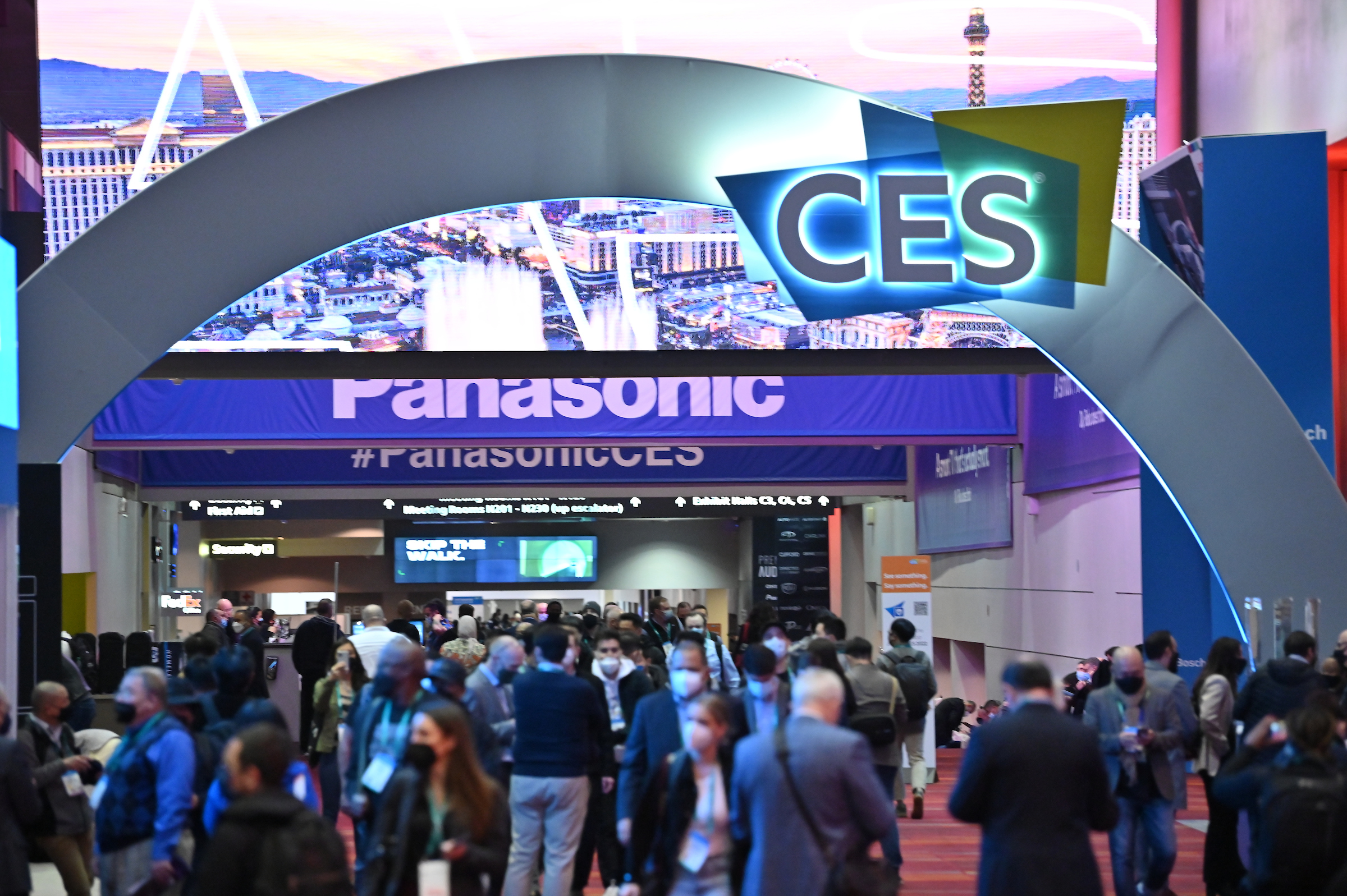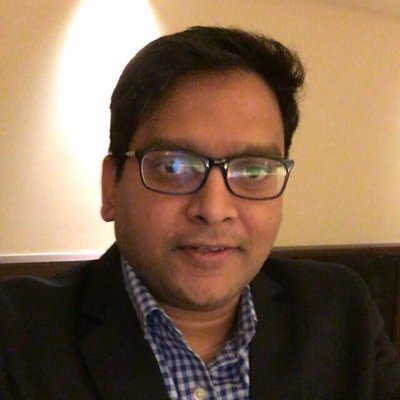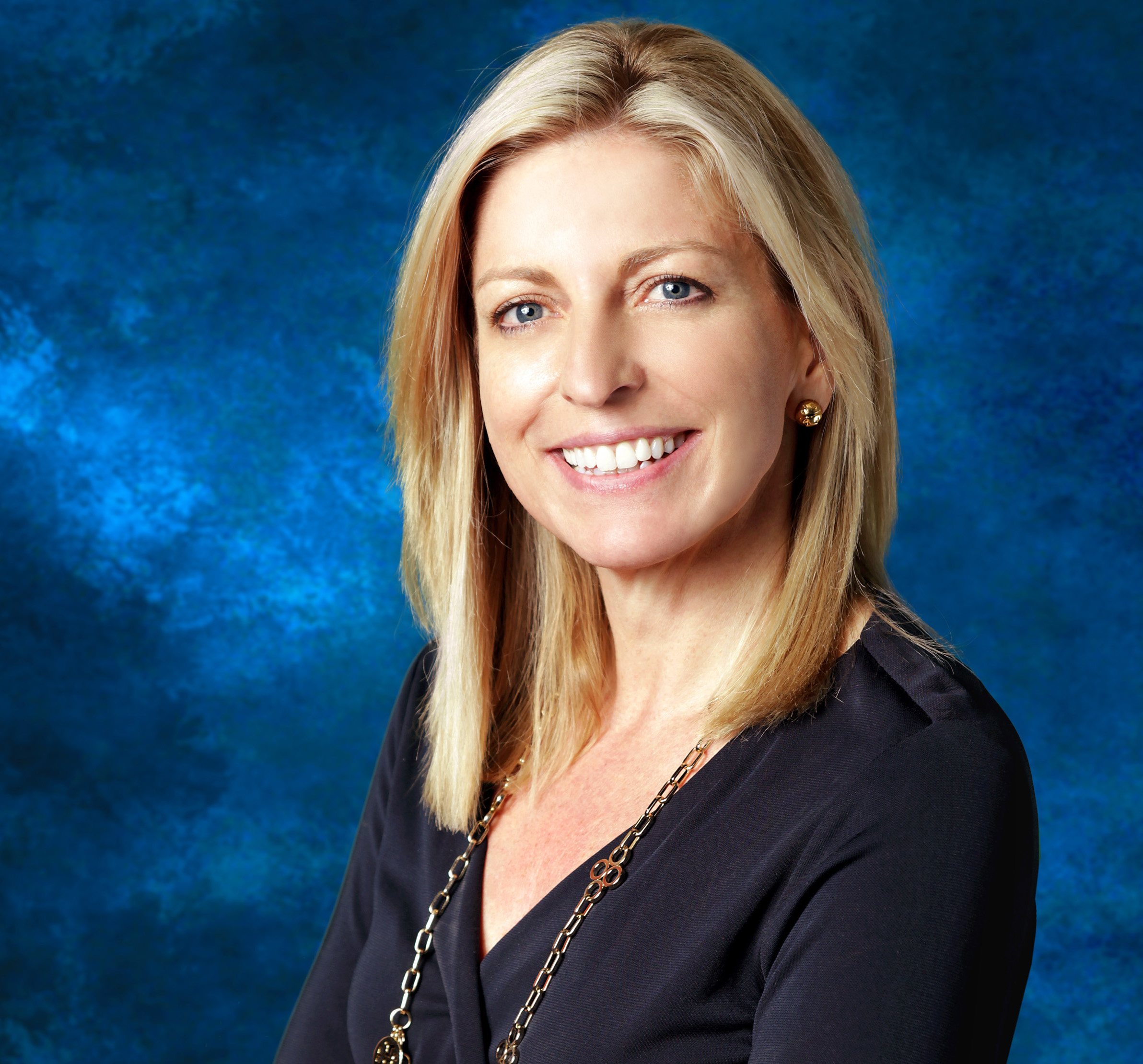CES: NextGen TV Gains Traction
Advocates tout new consumer products, TV sales and opportunities beyond traditional TV

LAS VEGAS—For NextGen TV promoters at the International CES2022 last month, their hopeful and visionary messages befit the event’s circumstances: lots of enthusiasm and promise amid a hybrid and sometimes surreal (virtual and otherwise) background.
The ATSC 3.0 presence included a roster of new products, expectations for expanded automotive data services plus encouraging words that NextGen TV is a “money-making machine” (in the words of Gaian Solutions CEO Chandra Kotaru).
Not Your Father's CES
Although NextGen TV was front and center—literally—in the central Grand Lobby of the Las Vegas Convention Center, the overall focus of CES has moved beyond home devices and into a broader range of business technology, especially health/wellness and automotive services.
The COVID-affected event (with attendance of approximately 40,000, barely one-quarter the size of the 2020 show) offered major changes in familiar venues with a lot fewer exhibitors.
For example, on “Media Day” just before the official CES opening, major exhibitors traditionally mount a one-hour extravaganza to introduce their new products to throngs of journalists. Pertinently, the big electronics makers who have already announced NextGen TV products (LG Electronics, Samsung and Sony) barely referenced their video devices in their prerecorded announcements this year, with a scant word about NextGen TV.

Only Hisense, the Chinese TV set maker, which is now among the top five U.S. TV brands, spent a considerable portion of its Media Day pitch describing its new NextGen TV devices. The company introduced three models (U7, U8 and U9) of its 4K TV sets with NextGen TV tuners, in sizes ranging from 55-inches to 85-inches. Prices start at $800 with the high-end U9 model (making it among the most affordable NextGen TV sets on the market) targeted for introduction in late summer at about $3,200.
Other new NextGen TV products included:
The professional video industry's #1 source for news, trends and product and tech information. Sign up below.
- Skyworth, another Chinese TV maker, plans to market one 4K receiver (model UD8500 in 65- and 75-inch versions) with an ATSC 3.0 tuner later this year, although no other details were available.
- Nuvvyo introduced its latest Tablo ATSC 3.0 Quad HDMI OTA DVR, which can receive 1.0 and 3.0 signals. Like earlier Tablo models, it includes a 24-hour program guide and manual digital video recorder functionality. The device also supports external USB hard drives. It connects to any OTA antenna.
- VBox Communications unveiled its android TV Gateway, a hybrid live TV and datacasting receiver. It runs certified Android TV OS and supports the ATSC 3.0 broadcast format, including free over-the-air signals as well as streaming OTT content, an electronic services guide and broadcast apps. The VBox Gateway connects to live ATSC 1.0 and ATSC 3.0 broadcast feeds (via HDMI connections) and recasts video content (up to 4K resolution) to multiple connected devices.
- Gaian Solutions, which showed customizable and skinnable receivers available for the immediate launch of NextGenTV services for diverse use cases. The company says its platform offers more than a dozen receiver apps.
- MediaTek, which introduced an ATSC 3.0 turnkey solution. Its Software on a Chip includes a demodulator and comprehensive Smart TV SoC family that ranges from Entry 4K to Premium 8K, plus a software stack for both Android and Linux.
“Six or seven manufacturers are working on STBs, some of which are nearly done with development," said ATSC President Madeleine Noland. Although she did not identify the prospective makers (beyond the ones exhibiting at CES) Noland added that a few others want to “white label” their boxes and partner with a consumer electronics company that has a distribution channel.
Similarly, the CES conference sessions about ATSC 3.0 provided an erratic range of enlightenment plus tutorials—affected in part because the live sessions (which were streamed in real time from Las Vegas) were missing speakers who opted to skip the trip.
Thus the overall impression of ATSC at CES was a familiar blend of encouraging promises and substantial factual tidbits about a work in progress.
‘An Exciting Opportunity’
To summarize the industry’s major developments and outlook, the Advanced TV Standards Committee organized the “CES 2022: A Look Ahead from ATSC” webcast, featuring remarks from Noland, Chandra Kotaru, founder and CEO of Gaian Solutions; Mark Aitken, senior vice president of technology for Sinclair Broadcast Group and president of ONE Media 3.0, LLC; and Anne Schelle, managing director of the Pearl TV broadcaster business organization.

Aitken focused on home-based network gateways that can receive both 3.0 and 1.0 signals. “We’re seeing those products coming to market,” Aitken said. “It’s not just about big-screen TV.” He cited the integration of 5G wireless technology with ATSC 3.0 services.
“All of these are coming together and providing opportunities for consumers to have new experiences, not just great pictures,” Aitken stressed, with a focus on availability “across all platforms and weaving them together in new ways.” He predicted that in 2022, the speed of adding stations and introducing new vertical service categories will accelerate.
On the video side, Aitken characterized the expansion of diginets as “an exciting opportunity” for broadcasters, emphasizing the “excess of 3.0 capacity for data service” and focused on the growing interest in vehicle connectivity.
“There’s a huge drive by automotive and others who are reaching out to us,” he said, noting that they “see a role for broadcast.”

Gaian’s Kotaru called NextGen TV a “money making machine,” emphasizing his company’s efforts to “show a marketplace where broadcasters can collaborate” to form alliances and work together.
Schelle, in addition to citing the sales figures and forecasts that CTA has issued (expecting that more than 4.5 million NextGen TV sets will be sold in 2022), pointed out the local customization that 3.0 enables. She pointed to the Gray TV station (WCTV) in Tallahassee, Fla., which offers specific applications for communities in Florida and Georgia which its signal reaches.

ATSC said that a precertification lab is nearly ready to go online in Shanghai, intended to help Chinese manufacturers “accelerate their path to earning the NEXTGEN TV logo.”
Automotive, Sports Betting & International Expansion
Fulfilling its promise to look at the combination of over-the-air and over-the-top integration, the CES session on “NextGen TV - New Opportunities for Broadcast & Broadband” examined the “second generation of digital TV,” as moderator Noland described it.
Nick Colsey, vice president of Business Development at Sony Group Corp., noted that the CTA sales forecast of 4.5 million NextGen TV sets will represent about one-quarter of total U.S. TV sales. Colsey acknowledged that setmakers are using different operating systems (LG uses WebOS, Samsung uses Tizen, Sony and newcomer Hisense use Android) but that they all use the HTML5 layer, which is “agnostic.”
“This makes it a lot easier for developers,” he added. Noland pointed out that developing content for NextGen TV is “exactly like the Web.”
“Everyone who knows how to make web pages will know how to make broadcast apps,” she said, noting that the growing kit of design tools includes readymade tools for developers.
Colsey also picked up ATSC’s frequent refrain about the importance of the automotive category. “Cars of the future are going to need very big data updates to handle all of the functionality within the car,” he said “That software update has to come from somewhere… IP multicast delivery of those software updates is much more efficient than hogging up the 5G bandwidth.”
He predicted that “efficient delivery of those updates plus the entertainment services” will make it attractive for car makers to invest in receivers.
Colsey’s enthusiasm was based on Sony’s participation in the Pearl TV Motown Test Track project, which involved Sony Electronics’ CXD2885 (“Clover”) chip. The test showed the successful transmission of A/V media files to devices traveling at highway speeds while connectivity transitioned smoothly between transmitters aimed at moving vehicles.
Colsey said he expects broadcasters will work with OEMs to explore “a lot of opportunities for revenue” by producing overlay experiences. He also cited the growing category of sports betting. “If you could place a bet on a live TV game from the comfort of your remote control, there is a huge business opportunity there,” Colsey said. “We’re very open to those kinds of opportunities.”
Noland also pushed the value of NextGen TV in the education market, since it is “infinitely scalable” with no deployment problems because of widespread availability of TV signals.
As for expanding ATSC beyond the U.S. and its current presence in South Korea and the recent Jamaican alliance, Noland noted that there’s also interest in India.
“Every country brings a new technical challenge and a new interest… such as pedestrian speeds on handheld device,” She pointed out that TV penetration is very low throughout India, while smartphones are almost ubiquitous. Hence, she said, “India is pushing direct-to-mobile” opportunities and its motivating use case will be “to offload video traffic from cellular networks to broadcast.”
Noland also explained that the NAB was working on 3.0 technical developments at its NAB Labs, including “scalable video” projects featuring UHD/4K enhancement via the internet.
Challenges to Actual Progress
Not everyone was impressed with the NextGen TV promises and visions that flowed from CES. John Abel, a former NAB top executive and currently head of Team Lightbulb consulting practice, cited several reasons for his skepticism of the oft-repeated ATSC 3.0 verbiage.
“It is always the same panelists saying essentially the same things… promoting what is happening or what could happen with ATSC 3.0,” Abel told TV Tech. He noted that “many of the panelists have a financial interest in the success” or are “paid to promote the standard,” and added that the credibility of their descriptions of “future potential” supplants “actual demonstrations or applications.”
Abel also pointed out “networks are mainly silent on ATSC 3.0, and I don’t recall ever seeing a network rep speaking on one of these panels.” He also noted that, “There are no real-world examples of how stations are using 3.0 to their advantage.”
“As a former advocate of over-the-air reception, I am surprised that no broadcasters are beating their chests about perfecting or improving OTA,” Abel continued, asking rhetorically, “Why not? I’m sure the answer has to do with retransmission consent revenues.”
Putting the NextGen TV process in perspective, Abel summarized, “ATSC 3.0 is not moving at internet speed. When technologies do not move at internet speed, they rarely become real in today’s world.”
Gary Arlen, a contributor to Broadcasting & Cable, NextTV and TV Tech, is known for his visionary insights into the convergence of media + telecom + content + technology. His perspectives on public/tech policy, marketing and audience measurement have added to the value of his research and analyses of emerging interactive and broadband services. Gary was founder/editor/publisher of Interactivity Report, TeleServices Report and other influential newsletters; he was the long-time “curmudgeon” columnist for Multichannel News as well as a regular contributor to AdMap, Washington Technology and Telecommunications Reports; Gary writes regularly about trends and media/marketing for the Consumer Technology Association's i3 magazine plus several blogs.

